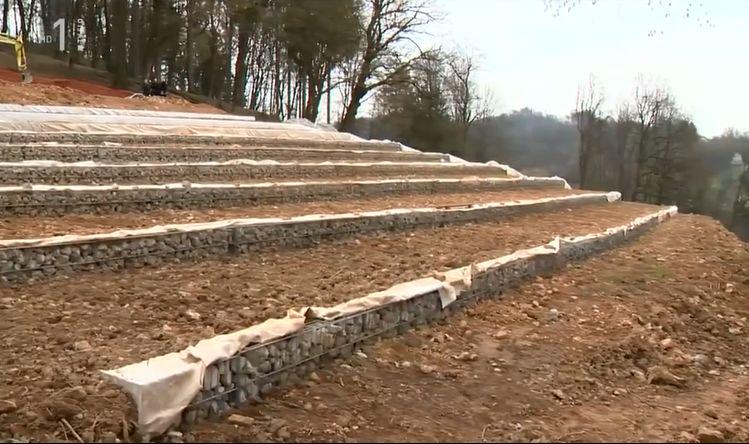
Among the novelties connected to the Ljubljana Castle, one of the features that stand out is a vineyard below the castle. It will start growing on the southern slope of the castle hill - in a few days the agricultural institute will begin planting vines. The castle vineyard will spread across 30 ares. A total of 1.050 vines will be planted.
Stane Miklavc from the Ljubljana Castle Public Institute commented on the doubts of some winemakers that Ljubljana's climate is not most appropriate for growing vines: "I'm convinced that the vine will thrive here. What we do with it, and what kind of wine we get, we're yet to see."
Good wines, intended for protocol events, are made from grapes produced in colder environments. "If we look at Prague and other cities, they all have their own vineyards. Apart from that, the wine sorts we intend to plant here are widely used in areas situated north," explains Miklavc.
Chardonnay will be pressed from the white grapes. The Blaufränkisch and St. Laurent grape varieties will give wine which will be given the name Rdečegrajc. "It was first made in 1922, and was initially named Rotburger. In 1975 was renamed into Zweigelt. We will now rename it again with the Slovenian literal translation of its first name."
There are stories connected to every wine which make it even more interesting. Old stakes unearthed by archaeologists at the Ljubljana Castle were positioned is such a way, that they may have very well been the remains of an older vineyard.

































































